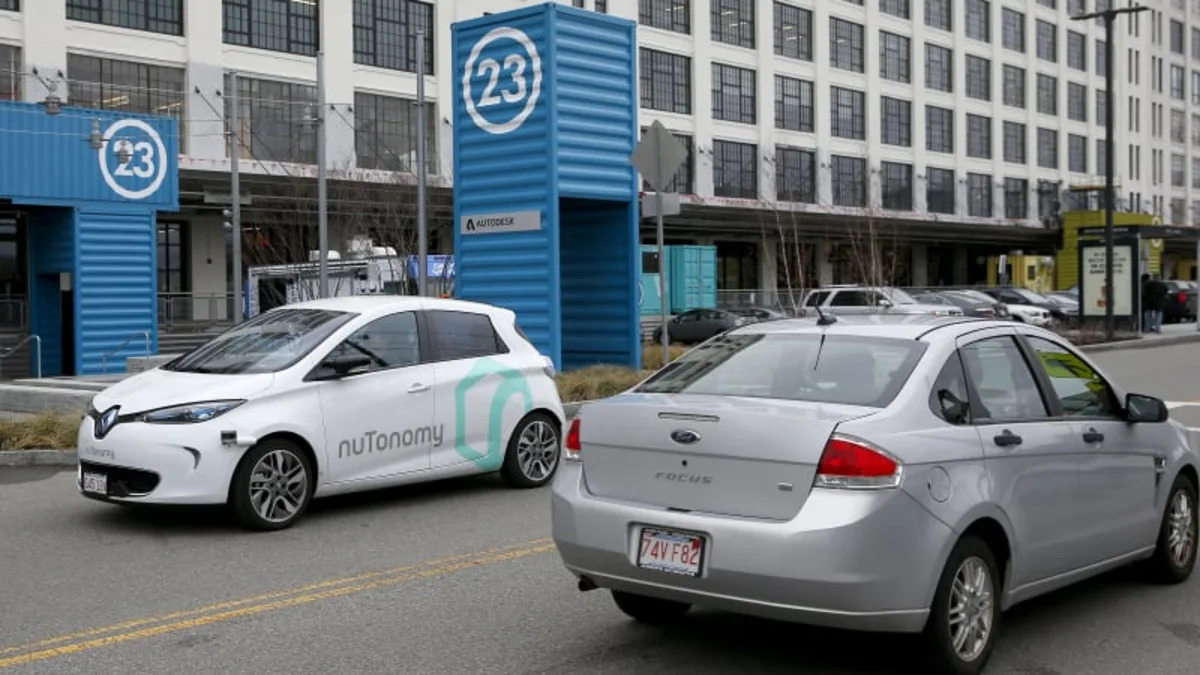A new report examining an ongoing study of self-driving vehicles and mobility in Boston concludes that autonomous cars could significantly help cities in the form of greater safety, reduced emissions, more available parking and more reliable transportation, among other benefits. But achieving those things will require careful planning, coordination and investments in digital technology to benefit residents.
The largely positive report comes from the Boston Consulting Group and the World Economic Forum and is based on the first six months of a self-driving vehicle test program conducted in Boston with software maker NuTonomy, Optimus Ride and auto supplier Delphi Automotive. The project zeroed in on Boston because it offered a vibrant technology economy with a transportation profile that mixed robust public transit with traditional American car culture. The city also has adopted a "Go Boston 2030" plan to reduce private-car use, boost use of public transit and increase walking and other forms of pedestrian activity.
Modeling from the study looked at a .45-square-kilometer area near City Hall and assumed that most AVs would be zero-emission electric vehicles. It found that widespread deployment of a variety of self-driving vehicles would lead to drops in tailpipe emissions of between 42 and 66 percent, and more free space, thanks to less demand for parking.
But the study also found risks: It concluded that so-called AVs, short for autonomous vehicles, "run the risk of becoming victims of their own success" by increasing demand for transportation by virtue of being cheap and convenient, leading to more congestion. They could also lead to more urban sprawl, if consumers conclude that they make long commutes less stressful. What's more — and to no one's surprise — AVs don't bode well for the transportation labor market, threatening the jobs of taxi drivers, bus operators and others (like snowplow drivers). That puts the onus on planners and policy makers at the city, county and state levels to develop thoughtful transportation strategies that consider autonomous transportation modes, broad public benefit and undesirable outcomes, the authors said.
The report is available here. You can check out a video about the Boston AV project below.


Sign in to post
Please sign in to leave a comment.
Continue